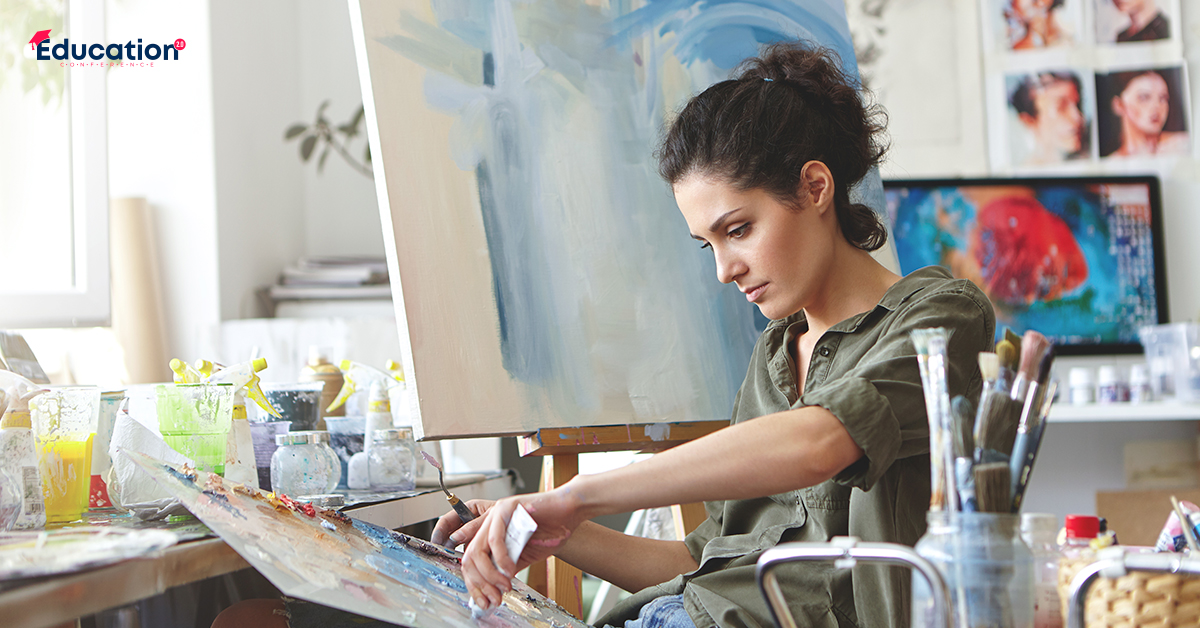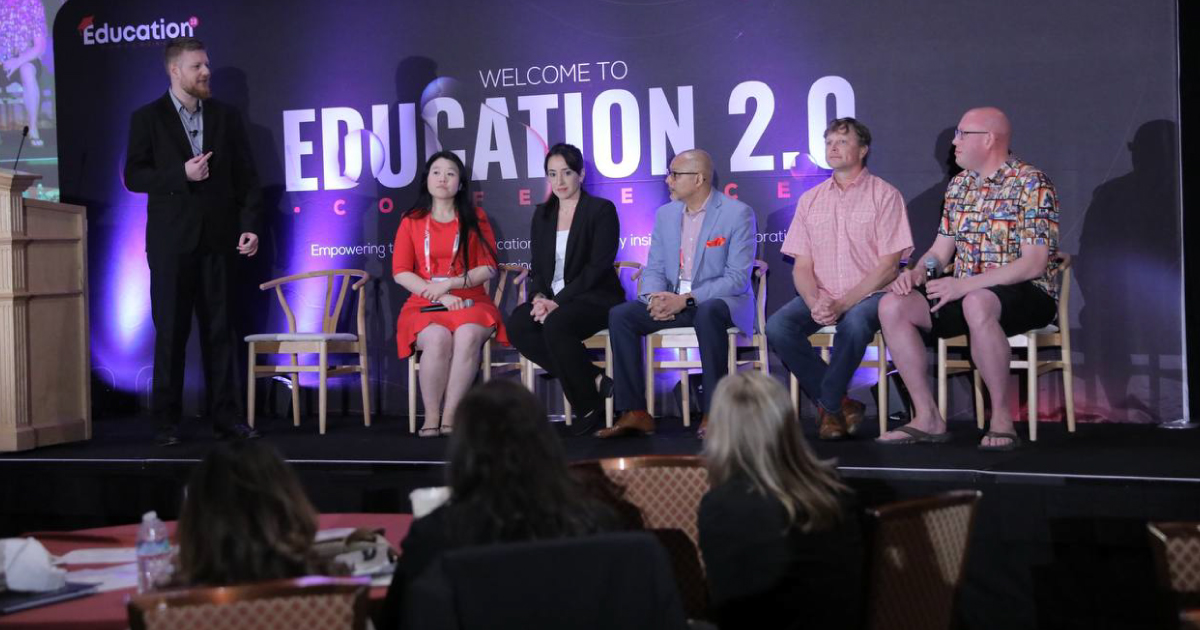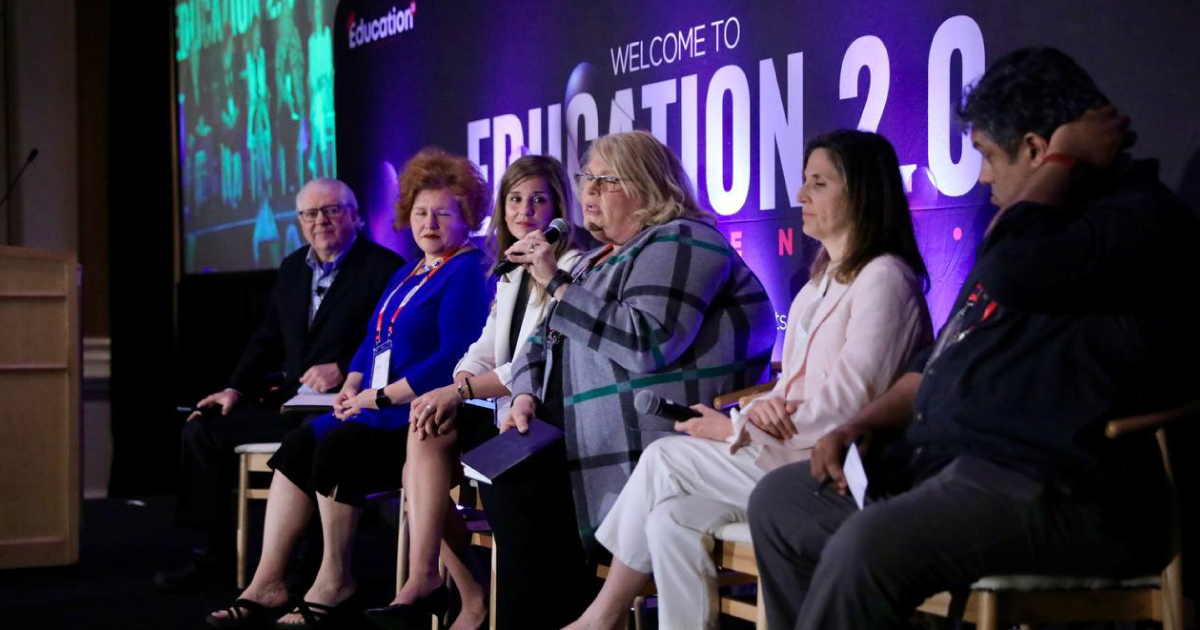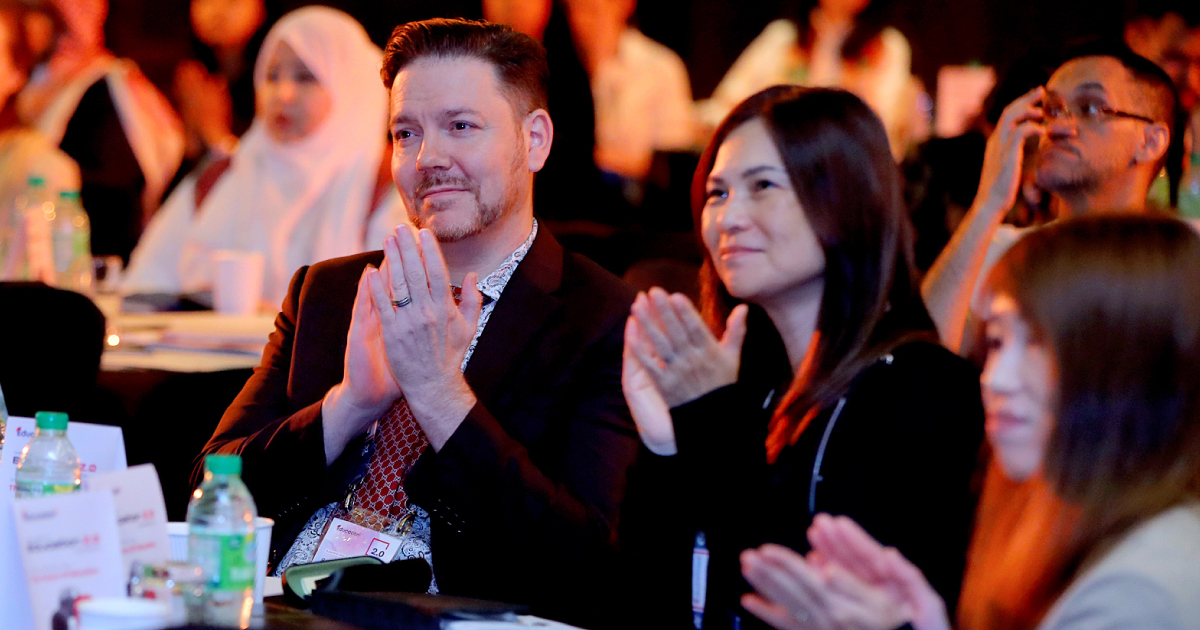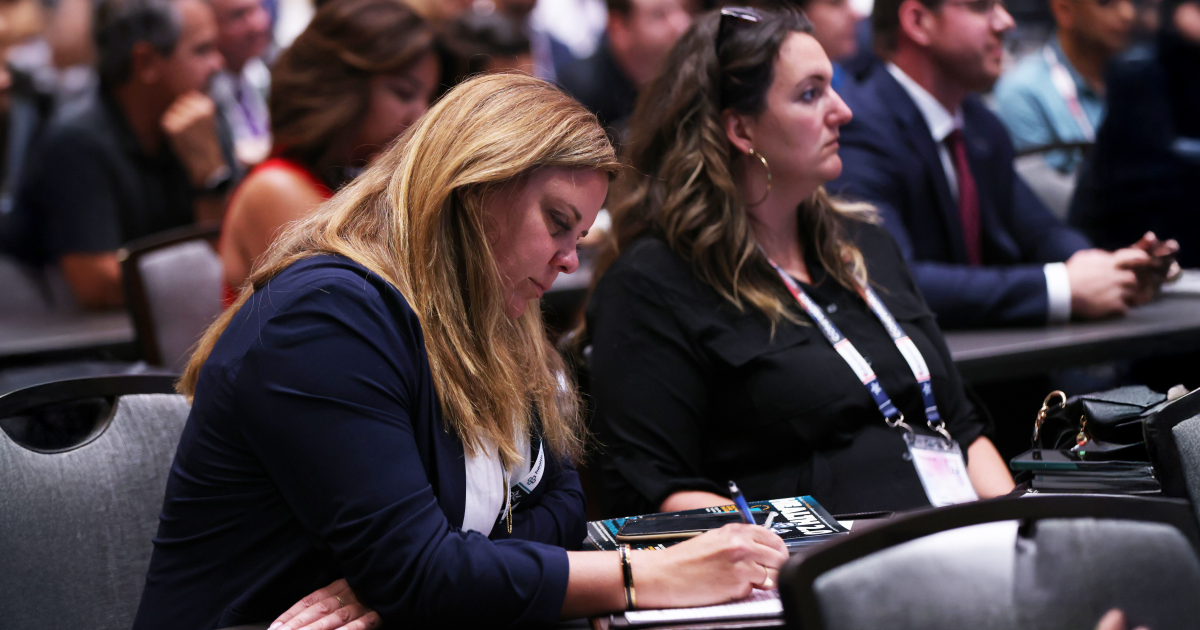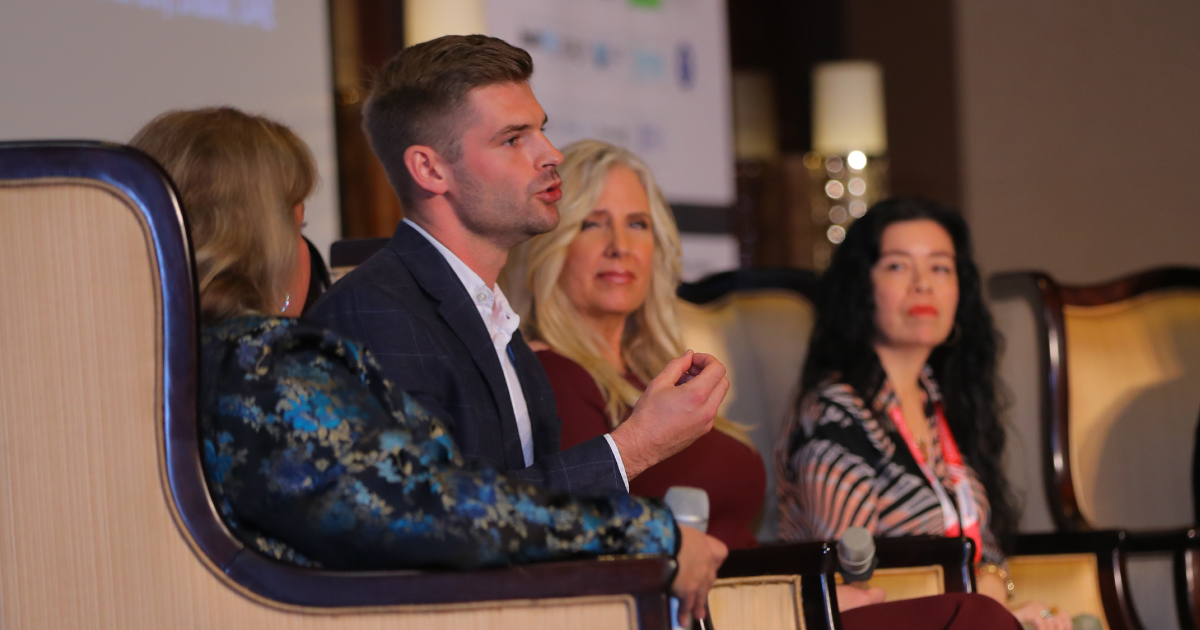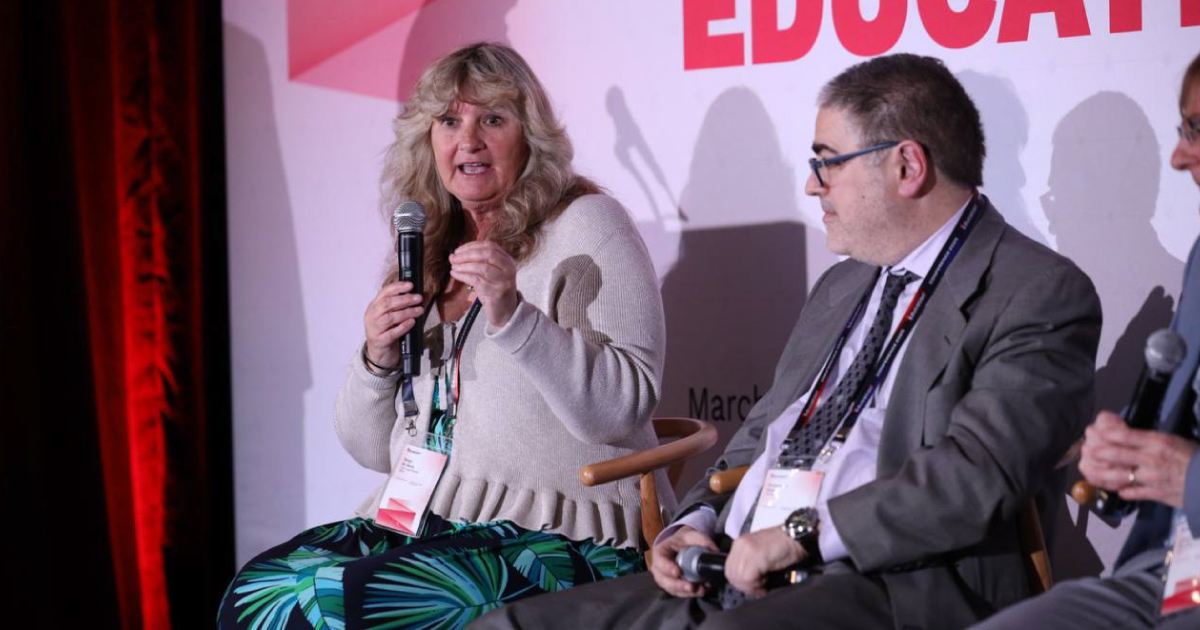Many school districts have focused their curriculum on testable subjects such as math and ELA. In addition, more emphasis has been placed in the classroom on STEM (science, technology, math, and engineering), leaving the arts out. Whether the arts are being pushed back due to a shift in focus or a lack of funds, incorporating the arts into the classroom can provide students with numerous benefits.
Arts Integration - What Is It?
Thought leaders at top education conferences in 2022 define structuring a school (or classroom) around the arts as "a method of teaching and learning in which content standards are taught and assessed equitably in and through the arts."
In other words, choose a teaching topic first, then collaborate with art educators to align the standards. Next, prepare the lesson to ensure truth to both subjects. Finally, grade the student's work in both areas. Teaching in and through the arts means asking yourself, "How can I integrate the skills and the content area I'm teaching while aligning to the standards?
If you cannot do both, you do not have arts integration.
Approach To Arts Education
At education events in the USA, experts have discussed the importance of arts in classrooms. Art and art-making can be the primary focus of a learning experience, which is referred to as arts as curriculum. Participants gain knowledge of and appreciation for the arts. Students investigate the origins of a specific dance genre, investigating where, how, and why the genre came to be. Students then collaboratively learn and choreograph a movement sequence in that genre.
Arts-enhanced learning occurs when one art form is used to teach another. Children sing the alphabet song to learn their letters and possibly to enjoy singing, but no time is spent on understanding or developing musical skills.
Various education events define arts integration as "a teaching approach in which students construct and demonstrate understanding through an art form."
Students participate in a creative process that connects an art form and another subject while meeting changing objectives in both.
A Closer Look at Arts Integration
Given the Framework's emphasis on arts integration, it may be helpful to dig deeper into this definition.
Teaching Methods: Arts integration is as much about how we teach as it is about what we teach. Arts integration works because it engages participants on personal, social, and educational levels, resulting in joyful and meaningful teaching.
Understanding Through An Art Form: Construct implies that participants are deeply engaged in the art discipline, with the opportunity to imagine and create personally relevant work that aids in demonstrating an insightful understanding of the learning targets.
Creative Process Participation: This may seem obvious, but "creative" can be misleading. Participants gain the knowledge and skills necessary to create art that reflects their ideas, opinions, understanding, and interests rather than simply following the classroom teacher's or teaching artist's directions.
Connecting One Art Form To Another: The key word here is "connect." An arts-integrated learning experience identifies and investigates natural and relevant connections between an art discipline and a focused subject. It goes beyond arts-enhanced learning to engage participants in rigorous artistic practice that assists participants in gaining insight and understanding of the related issue and, ideally, in gaining deeper insight and knowledge of the art form through the connected subject.
Meets Evolution Objectives: The art discipline and the related subject are represented equally in the learning experience through relevant purposes, standards, and learning targets. This implies that both teaching artists and classroom teachers give equal weight, time, and attention to the art discipline and the related subject.
Arts integration is another way for students to demonstrate their knowledge. Incorporating the arts ensures that all learners' needs are met, so including these skills in your teaching has become imperative. The Education 2.0 Conference will highlight some challenges, and experts will discuss the solutions for the same



